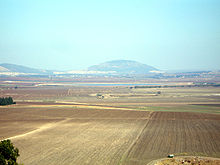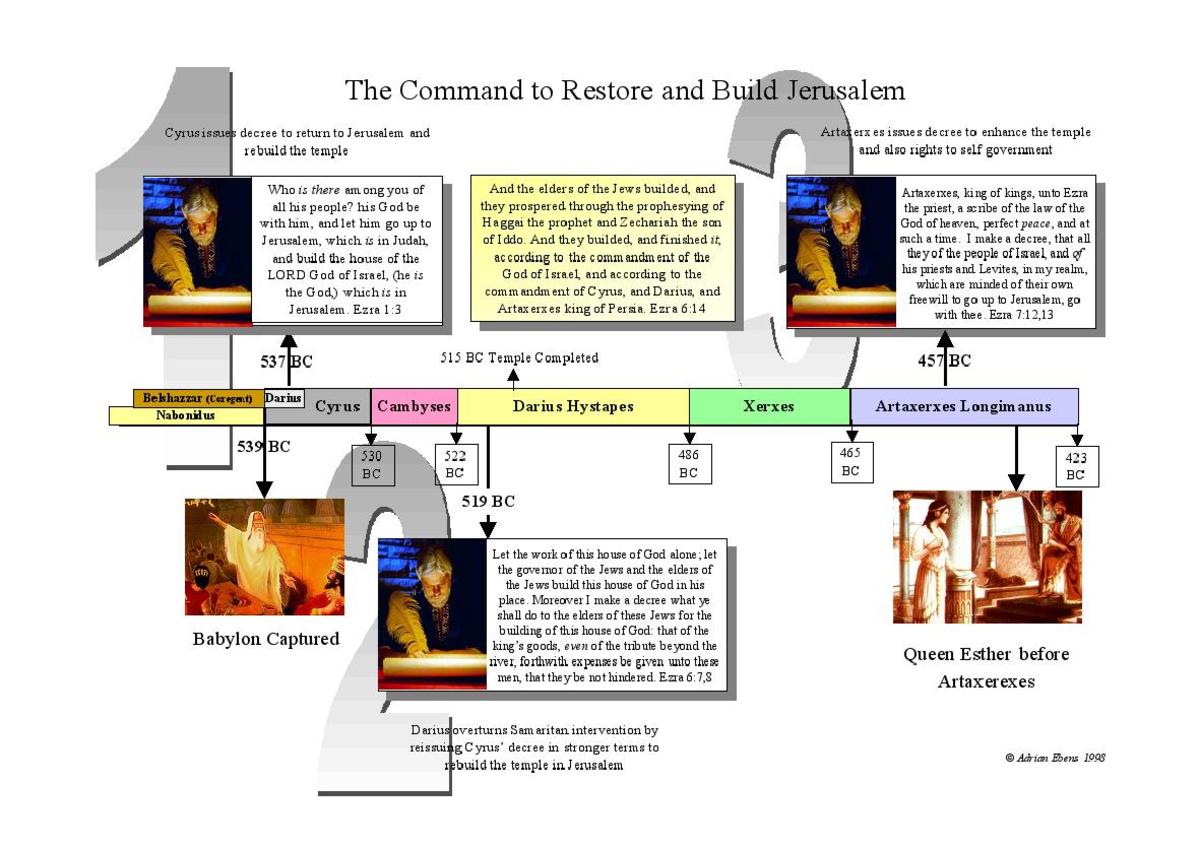Bible: What Does Mark 13 Teach Us About the Great Tribulation and the Coming of the Christ?
Synagogue

Persecution of Jewish Believers

Difficult Days Are Coming
Except for some minor additions—Matthew’s commentary discusses these nuances—the first eight verses of Mark 13 differ little from the apostle’s account.
Starting with verse nine, however, Mark includes much more than Matthew does of Jesus’ instruction regarding how the apostles should conduct themselves when they encounter various trials.
First, Jesus admonishes them to “watch out for yourselves” (v. 9a).
In addition, Matthew does not mention beatings in the synagogues and appearances before “rulers and kings for My sake, for a testimony to them” that the apostles would have to endure (v. 9b).
Second, whereas Matthew reserves the statement concerning the preaching of the gospel to all nations to the last, Mark inserts it immediately after his reference to their testifying before rulers (v. 10; cf. Mt. 24:14a).
Third, Mark continues Jesus’ instruction about what their attitudes and internal state of mind should be as they testify: “do not worry beforehand or premeditate what you will speak” (v. 11a).
Jesus assures them that the Holy Spirit will not only give them the words to say, but will also speak through them (v. 11b).
Matthew writes nothing about this teaching.
[Today’s church members should not consider this instruction as applicable to them; it appears to concern a persecuted Jewish remnant, among whom the apostles were a part.]
Fourth, Mark alludes to an OT passage regarding family betrayal (v. 12; cf. Mic. 7:6); Matthew merely mentions betrayals occurring (24:10).
Fifth, Mark’s last verse in this section combines two statements that Matthew keeps separate (v. 13; cf. Mt. 24:9b, 13).
Sixth, Mark writes nothing about false prophets arising and a general hatred permeating society; Matthew does (cf. Mt. 24:11-12).
The Tribulation Temple

The Start of the Great Tribulation
view quiz statisticsThe Valley of Jezreel

Very little difference exists between the first two gospels in the passage dealing with the “great tribulation” (vv. 14-23; cf. Matt. 24:15-28).
First, regarding the place where the abomination of desolation will stand, Matthew pens “the holy place,” signifying to his Jewish audience how flagrant the offense will be.
Mark does not specify the location, but only records that it will be “where it ought not.”
Again, learning that it stood in the holy place would not mean much to Mark’s readership; discovering that it occupied a space “where it ought not” communicates an important fact (v. 14).
Second, concerning the time of the Jews’ flight from Israel, Mark understandably omits Matthew’s “on the Sabbath” for the obvious reason of its irrelevance to Gentiles (v. 18; cf. Mt. 24:20).
Third, Mark explains a detail about the “world” (see Mt. 24:21) that a Gentile audience needed to know: that God made the “creation” and controls what happens in it (v. 19).
Fourth, Mark’s active voice assertion about what will cause the tribulation’s abridgment (“The Lord had shortened”; “He shortened the days”) [v. 20], as well as his relative clause regarding the meaning of ‘elect’, viz., “whom He chose” also find a rational explanation in his constituency, i.e., Gentiles.
They need to know that God will cause the curtailment; it will not just happen by chance.
In addition, the term “elect” may not clearly communicate meaning to them; hence, the explanatory clause.
Fifth, Mark omits three verses that Matthew inserts, referencing more signs regarding Christ’s actual parousia (cf. Mt. 24:26-28).
One repeats a warning about false reports of His presence (v. 26; cf. v. 23); a second describes the suddenness of His coming (v. 27); and the third cryptically alludes to the actual location of His appearance, viz., Armageddon (the valley of Megiddo) [v. 28; cf. Rev. 19:17-19].
The Coming of the Son of Man

One "Taken" and One "Left"
view quiz statisticsThe post-tribulation period features astronomical disruptions (vv. 24-25) preceding the coming of the Son of Man and the angelic gathering of the elect (vv. 26-27).
Writing to his Gentile audience, Mark again omits details that only Matthew’s Jewish constituency could fully appreciate.
He mentions neither the appearance of “the sign of the Son of Man,” nor the mourning of “all the tribes of the earth” (Mt. 24:30), nor the sounding of a trumpet (Mt. 24:31).
The Jews peculiarly linked “signs” with the Messiah’s coming; “tribes” readily relate to Israel’s sociopolitical structure; and a great trumpet sound signals the gathering together of the nation (cf. Ex. 19:16).
Jesus’ “Parable of the Fig Tree” is essentially identical in both gospels (vv. 28-31; cf. Mt. 24:32-35), but subsequent comments show considerable “editing” (vv. 32-37).
Both Mark and Matthew clearly present the theme of readiness in anticipation of the Lord’s coming.
Matthew, however, provides three comparative scenarios:
(1) God’s “coming” in the Flood while people carried on everyday activities (vv. 37-39);
(2) people being “taken” into judgment while performing everyday chores (vv. 40-41);
(3) the master of the house being robbed while he was not “watching” (v. 43).
Mark focuses on only one scene—“the master of the house” example—but approaches it from a different angle.
This owner charges servants to care for his property while he is in “a far country”; Matthew says nothing about servants or a journey.
In addition, while Matthew’s Jesus tells about the owner’s concern of a break-in by a thief (cf. Matt. 24:43), Mark has Christ warn the servants to watch for the master’s appearance lest he find them sleeping (vv. 34-36).
Again, the Holy Spirit guides each gospel writer to choose the lesson most appropriate for the audience.
© 2014 glynch1







